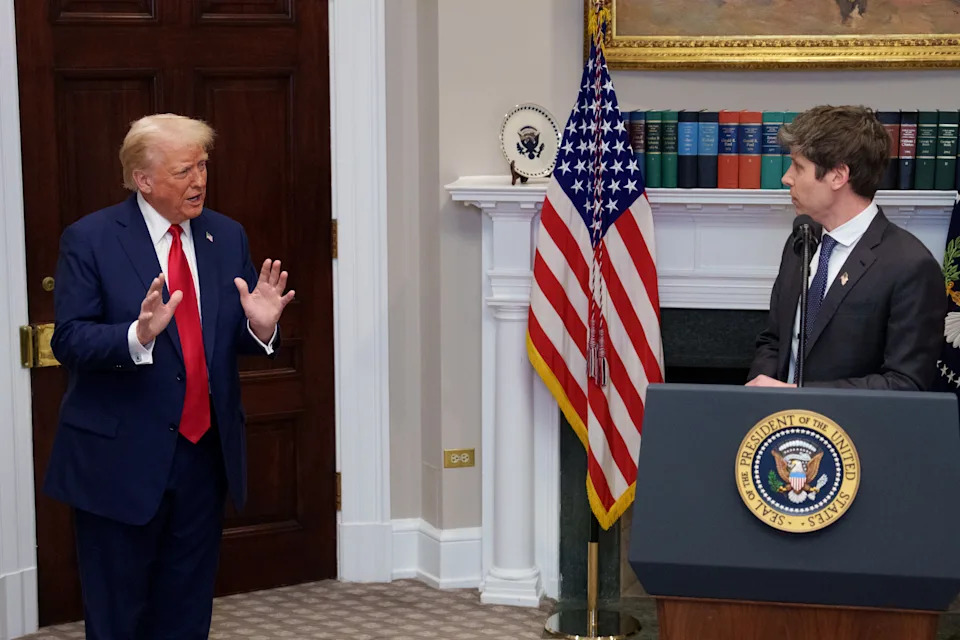The Changing Landscape of Investments in the U.S.: Trends, Insights, and Key Drivers

Investments play a crucial role in shaping the U.S. economy. Recent headlines often highlight massive capital influx and bold government claims, but what are the facts behind these numbers? This article explores the latest trends in investments, focusing on major sectors, political influences, and what these developments mean for both businesses and everyday Americans.
Tech and Manufacturing Lead Recent Investments
Over the past year, technology and manufacturing have attracted record-breaking investments. President Trump, for example, has spotlighted what he describes as a $2 trillion boom in new company investments since his inauguration. According to a Yahoo Finance analysis, most of this surge is concentrated in Big Tech and advanced manufacturing. Companies in semiconductors, AI infrastructure, and health care have accounted for nearly all of the major commitments.
Semiconductor giants, including Nvidia, IBM, and Taiwan Semiconductor, have pledged hundreds of billions, while Apple alone has committed around $500 billion to U.S. operations. Healthcare and pharmaceutical firms like Abbott Laboratories have also announced significant investments, signaling confidence in America's future innovation ecosystem.
Politically Driven Investment Claims: Fact vs. Hype
While official reports announce trillions in new investments, not all numbers withstand scrutiny. A thorough CBS News fact check reveals discrepancies in how totals are calculated. Some commitments highlighted by the administration were announced before the current term, or lack clear financial timelines. Experts warn that investment announcements can be influenced by politics, with both current and previous administrations citing projects that were planned years ago.
For example, large investments from Novelis, Corning, and Johnson & Johnson include funds previously allocated under different leadership. The lesson? Not every figure reflects a brand-new cash infusion—some investments are part of ongoing, long-term strategies.
How Policy Shapes Investment Trends
Federal policies continue to shape investment flows. Tariffs and incentives have nudged companies to rethink supply chains and manufacturing locations. Some tech companies have cited potential tariffs as motivation for U.S. expansion. Others are responding to government stimulus measures, like the CHIPS Act or clean energy provisions passed in recent years. These incentives are designed to boost domestic manufacturing and attract private capital, but their long-term impact remains under debate.
Broader Impacts: Jobs, Innovation, and Economic Growth
Record-breaking investments mean more than impressive headlines. These capital flows support job creation, research and development, and infrastructure upgrades nationwide. U.S. investments in cutting-edge sectors position the country as a global innovation leader. However, experts remind us to look beyond the raw numbers, focusing on the outcomes: finished factories, skilled jobs, and new products in the marketplace.
For additional perspectives, see CNBC’s analysis of major corporate pledges for context on how companies are aligning their strategies with government goals.
Conclusion: Stay Informed on U.S. Investments
The landscape of investments in the U.S. is dynamic and multifaceted. While recent years have seen historic levels of capital commitment, it’s essential to separate political rhetoric from verified progress. By following independent analyses and fact checks, investors and readers alike can make smart decisions. Stay tuned to unbiased sources and consider how evolving investments could impact your financial future or business opportunities.